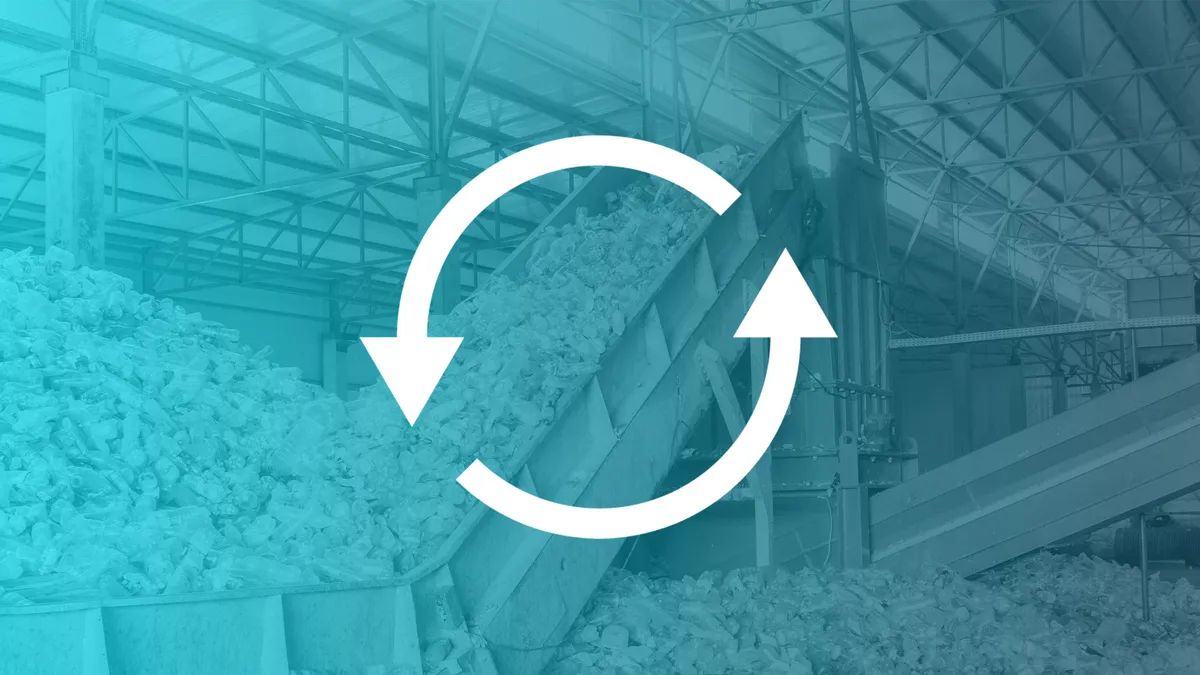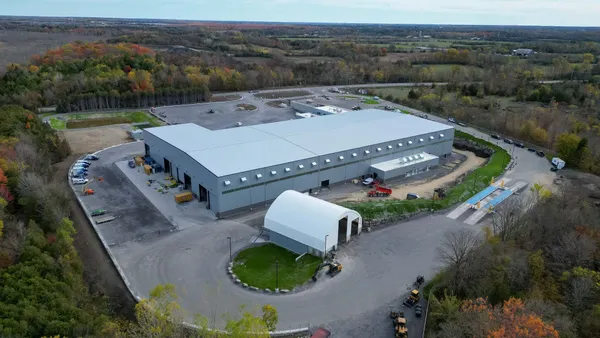Dive Brief:
- The Ohio Environmental Protection Agency (EPA) has launched a new online platform called the Ohio Materials Marketplace to facilitate the exchange of usable materials between businesses, not-for-profits and government organizations.
- Users can post materials such as bulk wooden pallets, used bricks, spent foundry sand and specialized byproducts from metals recovery. They can also post items that they're looking for in a "wanted" section. Examples so far have included bulk alumina oxide to be used for metals recovery and bulk packaged food waste to be used as feedstock for an anaerobic digestion system.
- Unlike in previous versions of this system, the Ohio EPA will now help verify users and the material they post, as well as facilitate potential exchanges between them.
Dive Insight:
The Ohio EPA worked with the U.S. Business Council for Sustainable Development to launch the marketplace and sees this as an opportunity to create a more circular economy within the state. This is being used as a main selling point by the agency, which has emphasized the potential savings from material reuse and job creation from expanded activity in the sector.
Some Ohio cities have seen positive recycling activity, but the state's overall diversion and per capita waste generation rates are on the lower end. The most recent state data shows that more than 21 million tons of waste were sent to landfills in 2015, with more than 3.2 million tons of that coming from out of state. While capacity isn't an imminent concern, the state stands to benefit from keeping more of this material out of landfills and putting it back into the economy for reuse.
This approach is beginning to receive more attention as other states and cities look for ways to improve their diversion activities while also generating economic opportunities. That economic potential has also been recognized on a larger scale by many of the world's largest corporations and has inspired a new circular economy project organized by the U.S. Chamber of Commerce called "Beyond 34," referring to the country's estimated 34.6% diversion rate. During the Obama administration, this was also a main focus for the federal EPA and growing business interest indicates it will live on regardless of any new policy changes.











